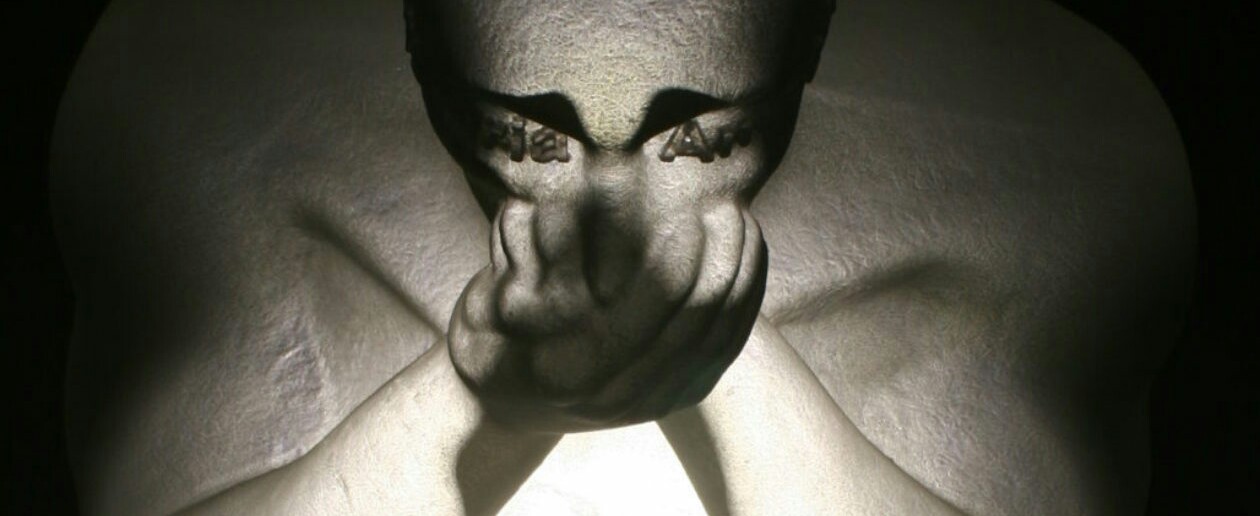Travel is educational. Often while traveling one tends to see something that sticks somewhere in the back of your mind, to later return and make you want to know more.
One of these happenings in my life, was Cycladic art. Beautiful small, stylized sculptures that reminds of modern sculpture in the style of Brancusi and Modigliani sculpture. My first meeting with these sculptures were in the Louvre Museum.

Cycladic civilization flourished in the Aegean Sea from 3300-1100 BCE. This makes it Neolithic civilization or early bronze age civilization. They existed along the Minoan and Mycenaean civilizations but left us a unique art legacy. The civilization was focused on the Greek Cycladic islands. Although the art can be found as far as Crete and the Greek mainland, its main usage was on the islands. Sculptures found elsewhere might have been used in trade in the region.
The function of the statues are unknown. The most acceptable answer would be that it had a religious function, but we do not know for sure. Most sculptures were found in graves. The fact that evidence is found that some of the figurines were repaired and had wear and tear suggests that they would be valued by the deceased during life as well and accompanied the person to the grave. Even though almost all the figurines are female, they were found in graves of both men and women.
The figurines are highly stylized and very simplified in design. Almost all of them are female forms made in marble. They are tall and geometrical so that it resembles modern art. They are depicted nude, with arms folded over their stomachs (With the left arm above the right). The pubis is indicated by a small triangle. Small breasts are indicated too. The faces are flattened with only a sharply defined nose that is indicated. The aesthetics of the blank stylized faces appeals to our modern tastes, but older sculptures shows signs of being painted.
The other type of sculpture is an even more stylized version of the female figure, known as violin figures. Beautiful body are indicated by hips and shoulders only. Elegant long necks and small heads give the impression of violins or even guitars. There are no legs, arms folded over the body, with a little triangle for the pubic area. Small breasts are sometimes suggested.
Other art that survived from this era would be bowls, also made from marble, and pottery vases and bottles with bold decorations.
As there were no writing at the time all our knowledge needs to be deducted from arkeological findings. Therefore our information available would always be incomplete. Maybe the mystery of these beautiful figurines makes them even more appealing.




















